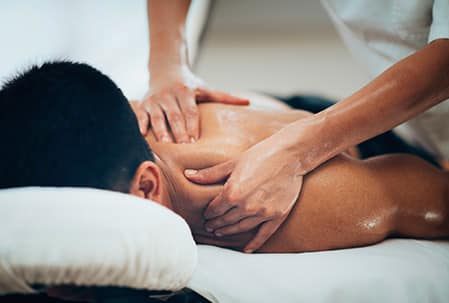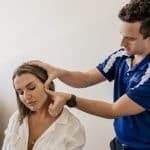Common Tennis Injuries And How To Prevent Them
Tennis is one of the most popular sports played in Australia and is a great form of physical activity to improve cardiovascular fitness. Unfortunately, as is the case with any form of physical activity, there is the risk of sustaining an injury – whether it be an acute injury or an overuse injury. Whilst some injuries are unavoidable, there are several things you can do to reduce your risk of injury.
Firstly, here are some of the most common types of tennis injuries:
Tennis elbow – as the name suggests, this injury is common in tennis players. Tennis elbow is a painful condition that affects the outer side of the elbow due to overuse. In tennis players, this occurs on their dominant arm as tennis is primarily a one-handed sport. Repetitive gripping and swinging of the racquet can cause irritation of soft tissue structures on the outer side of the elbow. This condition can be effectively treated with physiotherapy, but the patient may have to refrain from tennis for a period of time
Rotator cuff strain – the rotator cuff muscles help to stabilise the shoulder as it moves. Since the shoulder moves a lot and with high forces during tennis, it is not uncommon for the rotator cuff muscles to experience strain over time. Physiotherapy can help to relieve pain associated with rotator cuff strains, with shoulder strengthening exercises being the primary focus of treatment
Ankle sprain – due to the repetitive multidirectional movements associated with tennis, a player may misplace their foot and this can result in an ankle sprain. There are several grades of injury involved with ankle sprains, and the grade of injury influences the length of rehabilitation. Physiotherapy is an effective treatment modality for ankle sprains, with one of the aspects of treatment being the prevention of future ankle sprains.
- Achilles injury – the Achilles tendon is prone to high loads associated with running. Over time, the tendon can become irritated due to several biomechanical factors such as weak calf muscles and improper foot alignment. Some tennis players will be unlucky enough to suffer an Achilles tear. Physiotherapy treatment can help to regain strength and mobility in the ankle post-injury, as well as reducing the risk of re-injury when returning to tennis
How are these common tennis injuries treated?
First and foremost, ensure you have the right equipment. Make sure your tennis shoes are comfortable and right for your feet. Your tennis racquet must be the right size for you and make sure the grip is in good condition. We recommend that you visit footwear and sports shops that specialise in tennis in order to ensure you have the right equipment for you. It is also a good idea to see a tennis coach, who can teach you the correct technique in order to reduce your risk of injury. This will also result in improved performance.
Before you commence tennis, we recommend you gain clearance from a medical professional. This is to ensure that you are not at risk of sustaining an injury and that you are medically fit to play. Physiotherapy can help to prepare your body for the rigours of tennis, with a specific focus on exercises targeting strength, mobility, agility, endurance, balance and power.
Contact Graceville Physiotherapy for treatment of common tennis injuries.
At Graceville Physio, our physiotherapists regularly see patients with tennis injuries and implement individualised exercise programs to help prepare them for a return to tennis. Contact us today for a chat about helping you live pain free.Article written by:
Meredith Pfohl




